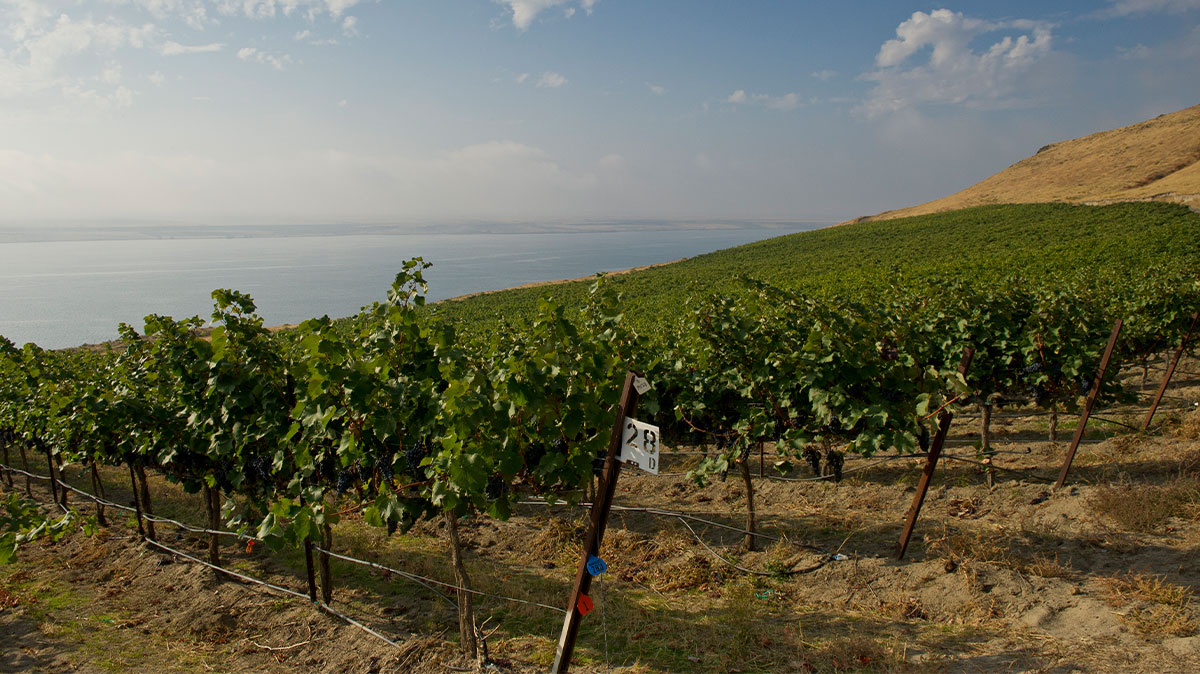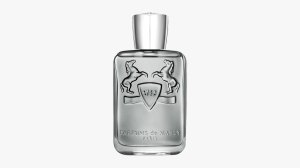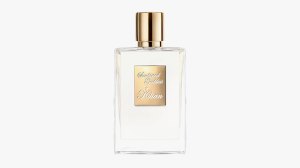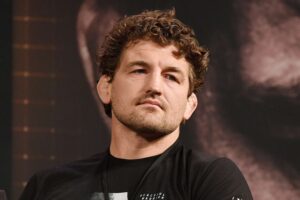If there’s one negative thing to assert about wine from Washington State, it’s that winemakers here grow so many varieties and make so many good wines that it’s hard to hang a single identity on it as a wine region. While Burgundy equals Pinot Noir and Chardonnay, and Tempranillo is the shining star of Rioja, Washington’s “something for everyone” approach to winemaking obscures the fact that the second largest wine-producing region in the United States makes a lot of good bottles in a wide variety of styles. Cultivating more than 80 grape varieties, it is known among wine world insiders as the home of some of the highest quality Cabernet Sauvignon, Syrah, Riesling, and Pinot Gris anywhere around the globe. With a winemaking history spanning only 200 years, it has grown exponentially in recent decades from just 10 wineries in 1970 to more than 1,000 today. But with so many grapes and so many wineries, we felt a primer would be in order, so here’s everything you need to know about Washington state wine.
History of Washington State Wine Country
The first wine grapes were planted in Washington State by the Hudson’s Bay Company in 1825 at Fort Vancouver on the northern bank of the Columbia River. By 1903, irrigation canals that funneled snowmelt from the Cascade Mountains were dug in the eastern part of the state, and in 1914, vineyards that are now considered historically important were planted in Yakima Valley; the most notable is W.B. Bridgman in Sunnyside. Many vineyards fell into disuse and were abandoned during Prohibition, which lasted from 1920 until December 1933. In 1940, Dr. Walter Clore, known today as “the Father of Washington Wine,” began trials with various grape varieties in Eastern Washington to determine which would fare best in each area. By 1960, more commercial vineyards were planted throughout the state, leading to the establishment of Associated Vintners in 1962 (which later became Columbia Winery) and Ste. Michelle Vintners in 1967. Now the largest producer in the state, it is now known as Chateau Ste. Michelle.
By 1970, there were 10 wineries in the state, and in 1983 the state’s first American Viticultural Area, the Yakima Valley AVA, received its official designation. In 2001, the state hit a milestone with 100 commercial wineries in existence, and in 2015 the Ste. Michelle Wine Estates WSU Wine Science Center opened in Richland. Today there are more than 56,000 acres of wine grapes planted in Washington which turn out 12 million cases of wine in the average year, yet more than 90 percent of the state’s wineries producer fewer than 5,000 cases of wine (or 60,000 bottles) per year.
-
Climate and Geography of Washington State Wine Country
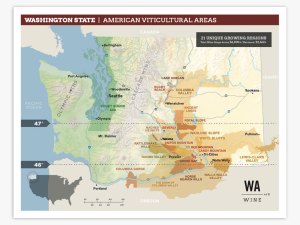
Image Credit: WA Wine Believe it or not, Washington sits at the same latitude as some of Europe’s most famous wine regions, 46° North. If you traced a line around the globe from Washington to France, you would see that it sits directly between Burgundy and the , which are slightly to the north and south. This sweet spot provides for optimal hours of sunlight during the growing season. Washington also boasts some of the most dramatic day-to-night temperature swings of any wine region on the planet, offering hot, sunny days for ripening and cool nights to preserve acidity and freshness. Forget your impression of rainy Seattle; only one of the state’s 21 distinct growing areas, the Puget Sound AVA, is anywhere near the Emerald City. The remainder of its AVAs are to the east of the Cascade Mountains, which are in turn east of the city.
The largest AVA in Washington is , which covers about 25 percent of the state’s land and grows almost all its grapes. Nearly every other winegrowing region in the state is a sub-appellation of Columbia Valley, including Yakima Valley, Walla Walla Valley, Red Mountain, Columbia Gorge, Horse Heaven Hills, Wahluke Slope, Rattlesnake Hills, and Lake Chelan. Columbia Valley and its sub-AVAs are protected from wet weather systems by two mountain ranges, the coastal Olympics, which are west of Seattle, and the Cascades. Technically a desert, these wine regions receive an average of seven inches of rain per year, significantly less than Napa Valley’s 17 inches or the 28 inches of rain that fall in Bordeaux annually.
The state’s vineyards benefitted from a variety of geological events including ice age floods that deposited gravel, sand, and silt, ancient volcanic eruptions which left layers of volcanic ash, and winds that carried loess, mineral-laden fine sand and silt that are ideal for the cultivation of grapes. The vines are nourished by the Columbia River, the nation’s fourth largest river and the largest that flows into the Pacific Ocean, which in addition to providing water offers a cooling effect to the region.
-
Key Grapes of Washington State

Image Credit: Washington State Wine Commission More than 80 different varieties are cultivated across Washington’s vineyards, but reigns supreme. In 2024, it accounted for almost 50 percent of all the red grapes crushed here (by weight) followed by , which made up almost 20 percent of the reds, and Merlot, which was around 15 percent of the total red grapes crushed. While other important red varieties are Malbec, Cabernet Franc, Pinot Noir, Grenache, Mourvèdre, Petit Verdot, and Sangiovese, if you can think up a red grape, someone in Washington is probably growing it. In 2024, the total tonnage of red grapes harvested dropped by 10 percent and white grapes increased by two percent. has been the most widely grown and crushed white grape for years, but in the most recent harvest Riesling pulled ahead a little bit; that said, they each accounted for about one-third of the total among white varieties. Sauvignon Blanc, Pinot Gris, Gewürztraminer, Viognier, Chenin Blanc, and Semillon are also present in significant amounts.
-
Washington State’s Top Winemakers

Almost three-quarters of Washington’s wine is shipped out of state, and many producers have strong direct-to-consumer programs, making it easy to order a bottle straight from the winery. With all the Cabernet Sauvignon and Merlot grown here, Bordeaux-style blends are in abundant supply. Look for , a Cabernet Sauvignon-Petit Verdot blend from NFL star Drew Bledsoe or Matthews Reserve Cuvée, made with 50 percent Merlot, 40 percent Cabernet Sauvignon, and 10 percent Cabernet Franc. Leonetti Cellars’ contribution to the category is its Walla Walla Valley Reserve; the current vintage is Cabernet-based with the addition of Malbec and Petit Verdot.
Quilceda Creek Columbia Valley Cabernet Sauvignon is the bottling that put this top-tier producer on the map, and Trothe Cabernet Sauvignon from the Horse Heaven Hills AVA garners scores in the high 90s from top critics on a regular basis. Those who are partial to Syrah will not want to miss out on Cayuse Vineyards Bionic Frog or Reynvann In The Rocks. White wine lovers will enjoy Eroica Riesling from Columbia Valley, a joint project between and Mosel Winemaker or K Vintners Powerline Viognier, produced by one of the state’s most renowned winemakers, Charles Smith.
-
Best Vintages from Washington State
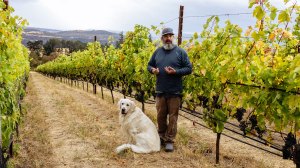
Image Credit: Washington State Wine Council Although the 2023 harvest was down 34 percent from the previous year, grapes were of an extremely high quality thanks to moderate temperatures in September and October that allowed for a long growing season and optimal ripening. A cold, wet winter provided extensive ground water reserves in 2022, and although a cool growing season saw delayed ripening, the year was generous in both quantity and quality. The 2021 growing season was noted for extreme heat that reduced both cluster and berry size, resulting in a smaller-than-usual harvest but with excellent flavor concentration. Warm weather through the summer of 2019, a cool September, and wide temperature swings from day to night brought on high sugars and acidity, creating wines with great balance. Wine lovers looking for bottles of Cabernet Sauvignon and red blends that are drinking perfectly now should seek out the 2012 vintage, whose consistent warm and sunny weather contributed to ideal ripening and well-integrated acidity.
Washington Wine Fun Facts
- While Washington is the number two producer of wine in the U.S., it ranks first for apples, pears, blueberries, and sweet cherries.
- Seattle suburb Woodinville is home to more than 130 wineries and tasting rooms divided into four easy-to-visit districts.
- Washington shares four cross-border AVAs with two neighboring states; Walla Walla Valley, Columbia Valley, and Columbia Gorge are shared with Oregon, and Lewis Clark Valley is shared with Idaho.
- Washington’s distinctive vineyard terroir was created at the end of the last ice age—between 18,000 and 15,000 years ago—when an ice dam burst and sent flood waters surging down the northwest in an event known as the Missoula Floods.
Credit: robbreport.com

